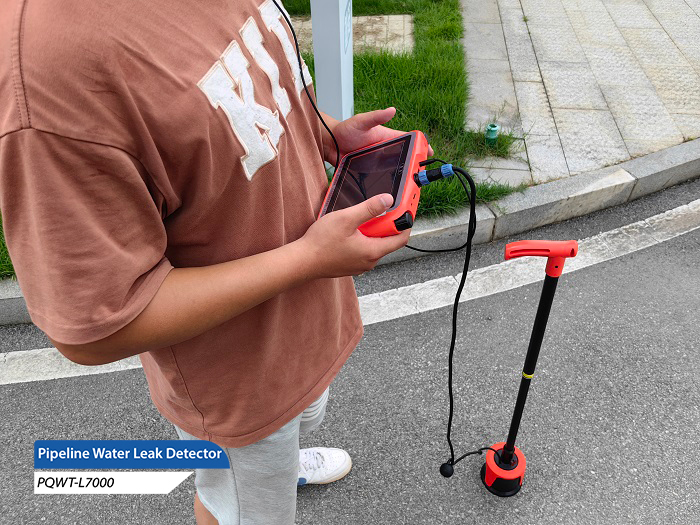The pipeline leak detector is a specialized tool for detecting leaks in a water pipeline system. Below are the general steps to use pipeline leak detector:

1. Preparation: Ensure that the pipeline system is normally supplied with water and that the relevant valves are opened to allow normal water flow through the pipeline system.
2. Connecting the equipment: Connect the pipeline leak detector's sensor or probe to the pipeline part associated with the point to be measured. You can use suitable connection methods, such as threads, clamps, etc., as needed.
3. Detection mode setting: Select the appropriate detection mode and parameter settings according to the specific equipment and model used. Generally speaking, pipeline leak detector will provide different detection modes such as sound detection, pressure detection, thermal imaging, and so on.
4. Start detection: Start leak detection according to the operating instructions of the device. According to the selected detection mode, you can listen to the sound, observe the pressure change or thermal imaging image to determine whether there is water leakage in the pipeline.
5. Locate the leak: Based on the instructions of the detection instrument and the characteristics of the sound, pressure change or thermal imaging image, etc., the location of the leak is determined. This can help pinpoint the leak and repair it accordingly.
6. Analyze the results: Based on the data and results provided by the testing instrument, the leak is analyzed and evaluated. This helps to determine the nature, extent and urgency of the leak and take appropriate measures.
Please note that the use of pipeline leak detector requires careful reading of the operating instructions of the device and following them for proper operation and setup of the device. Different devices may have different operating methods and characteristics and should therefore be operated according to the requirements and instructions for the specific device.








